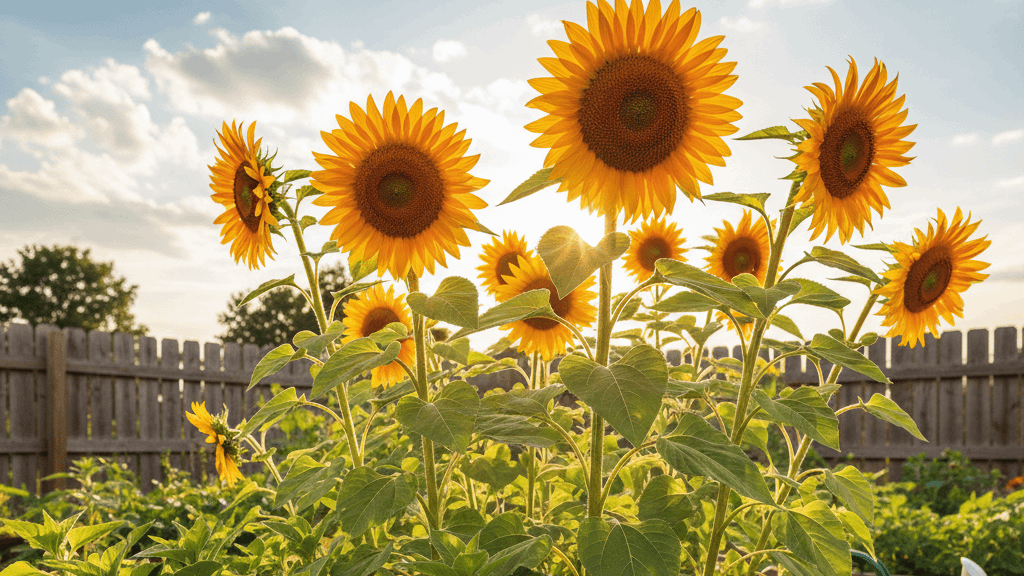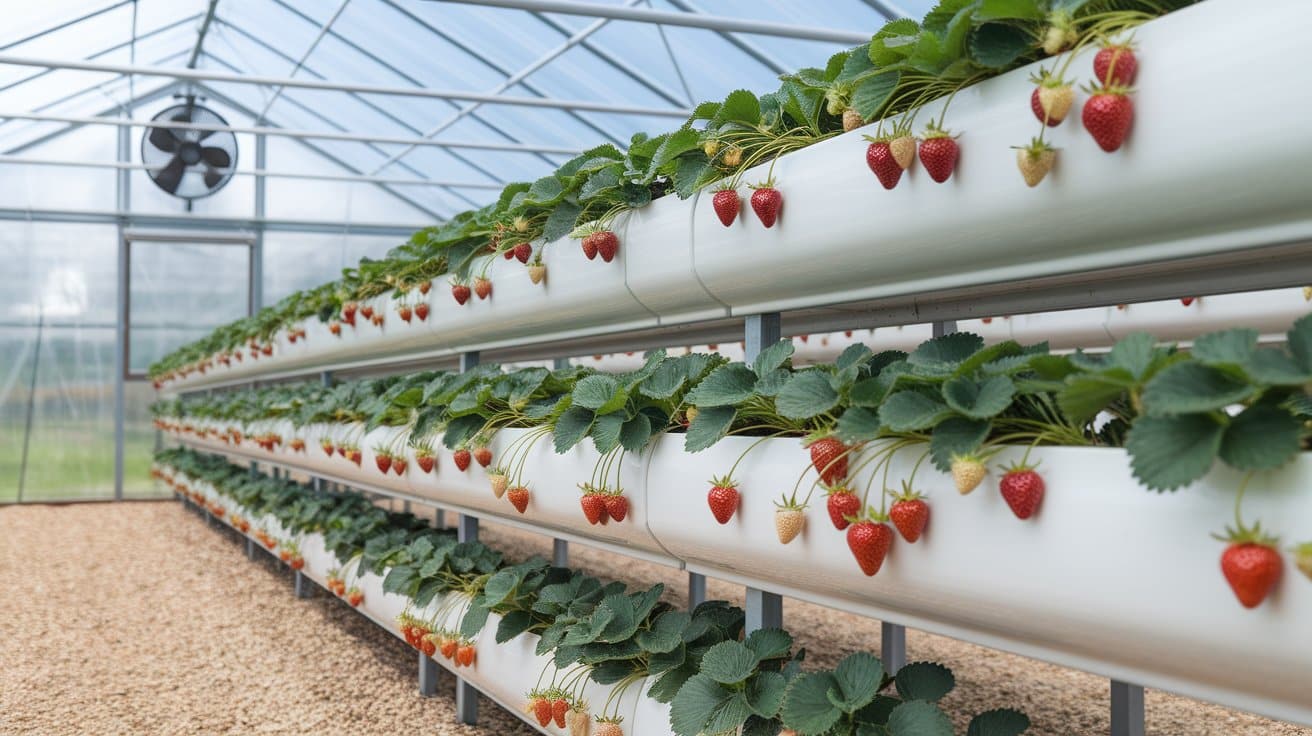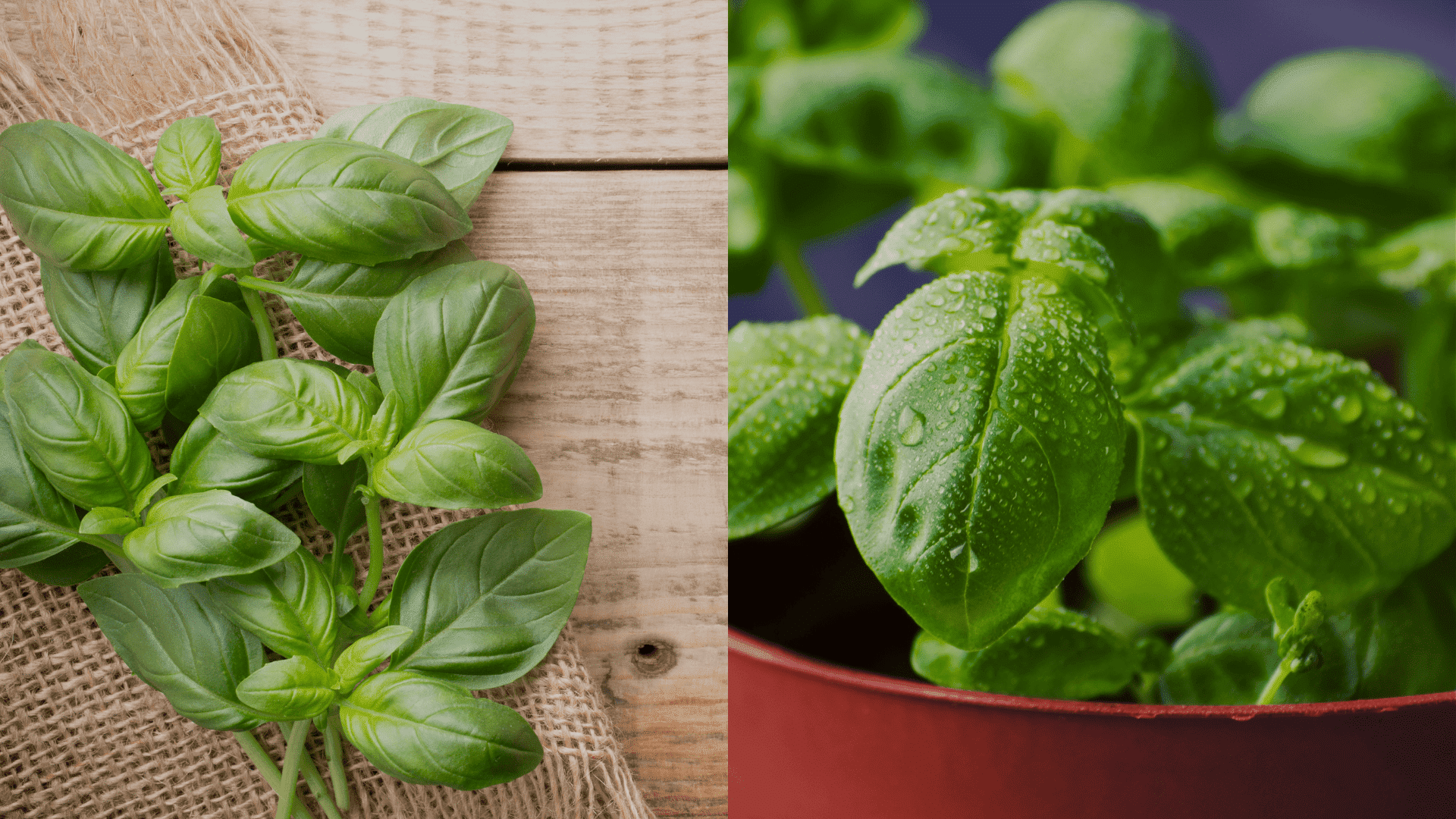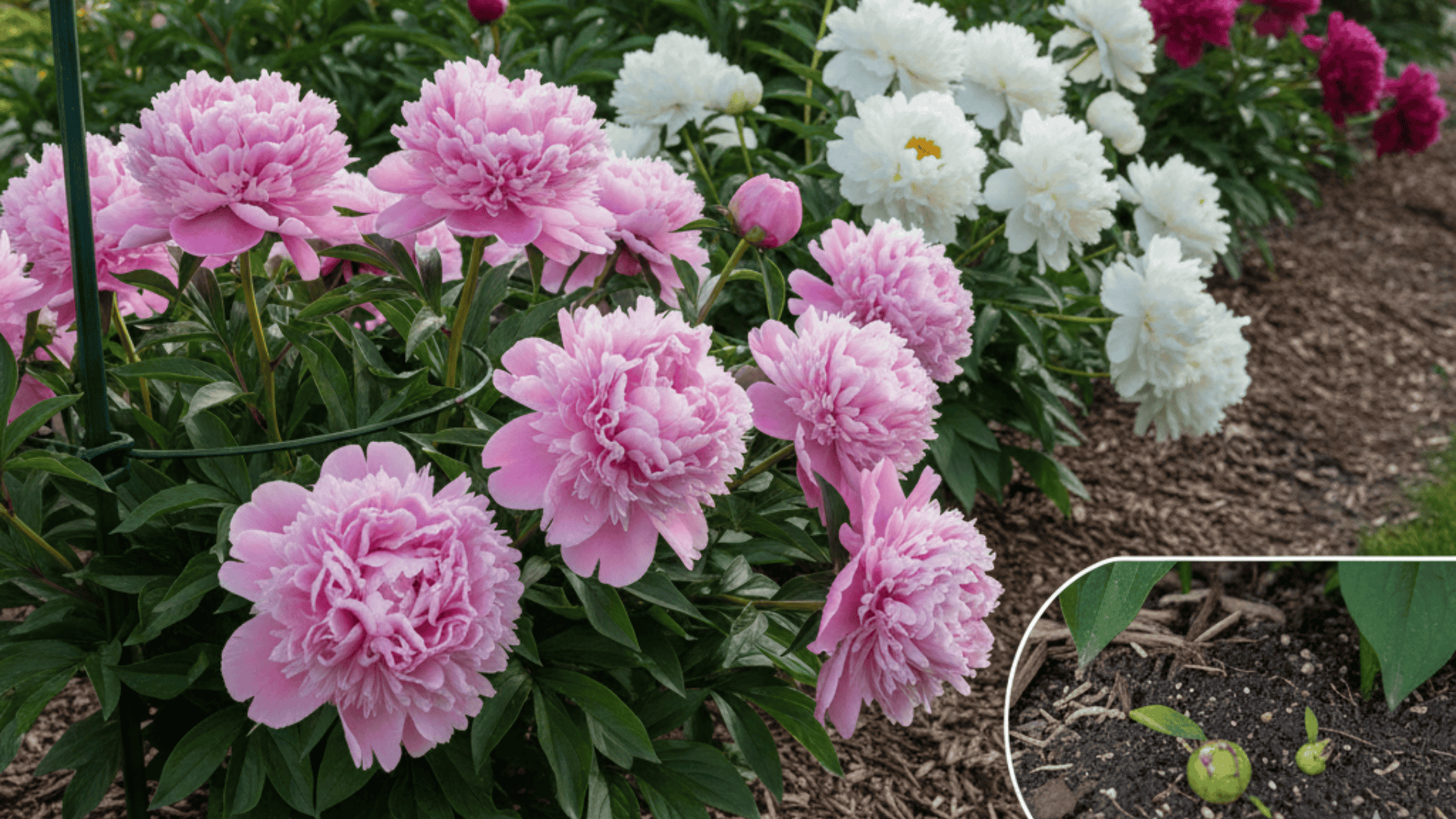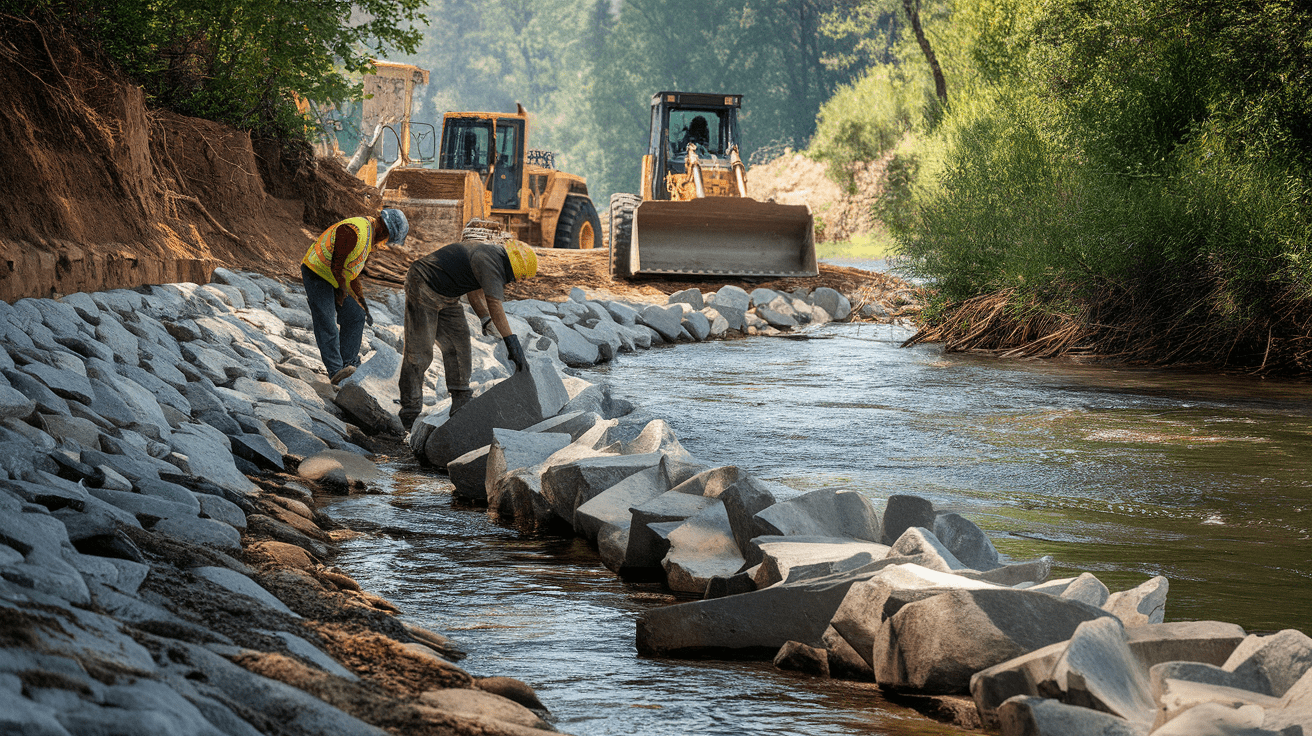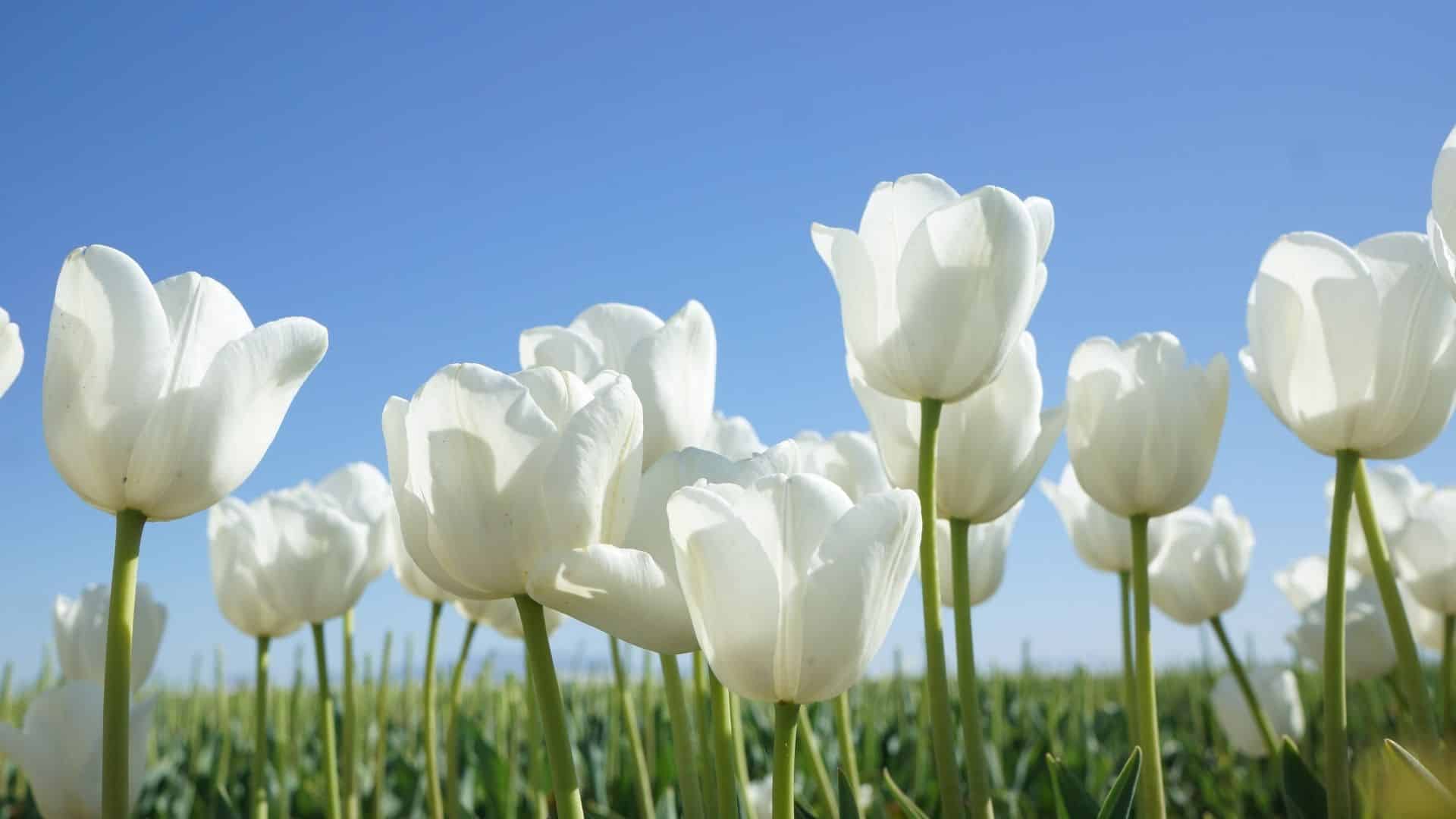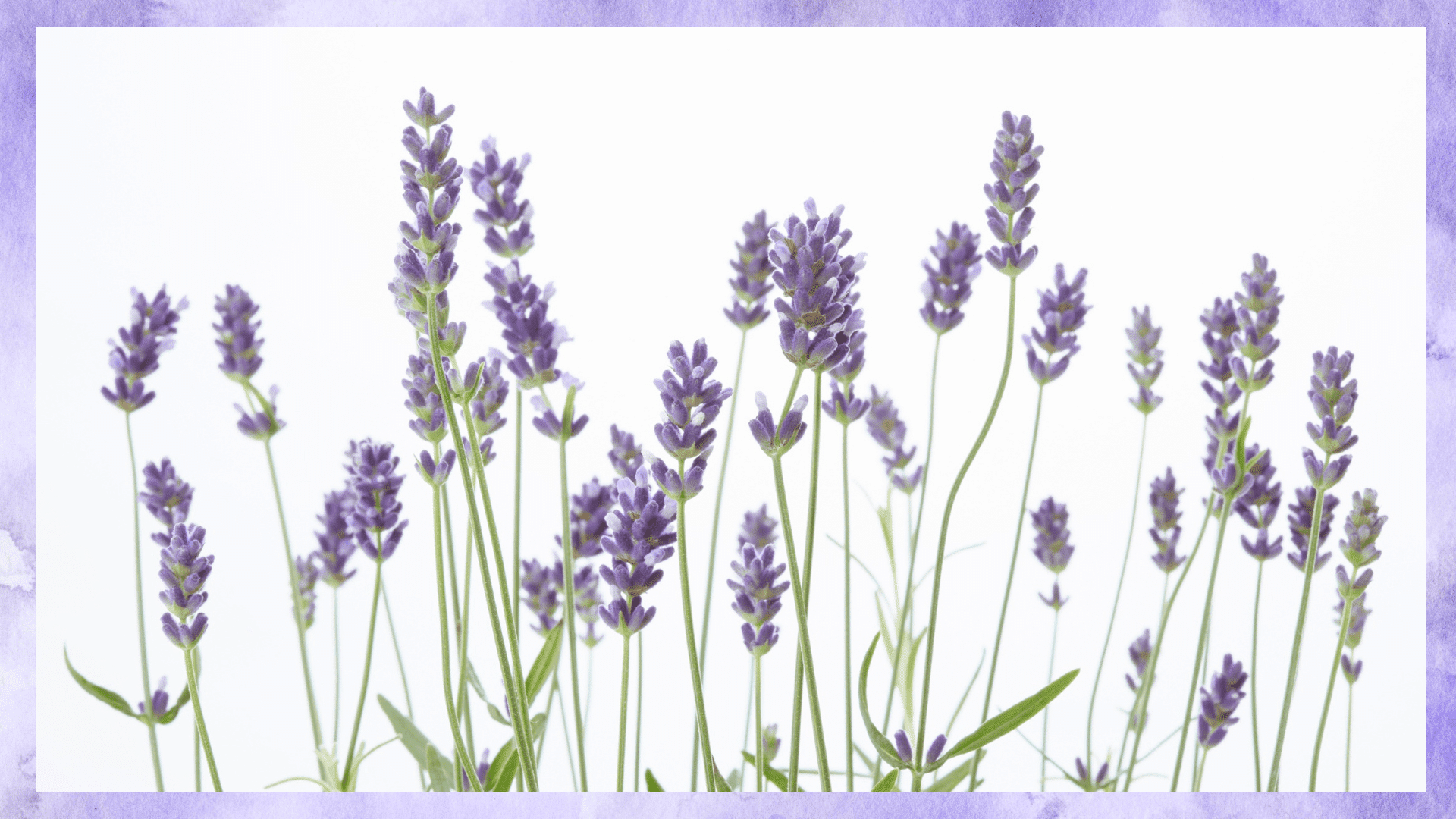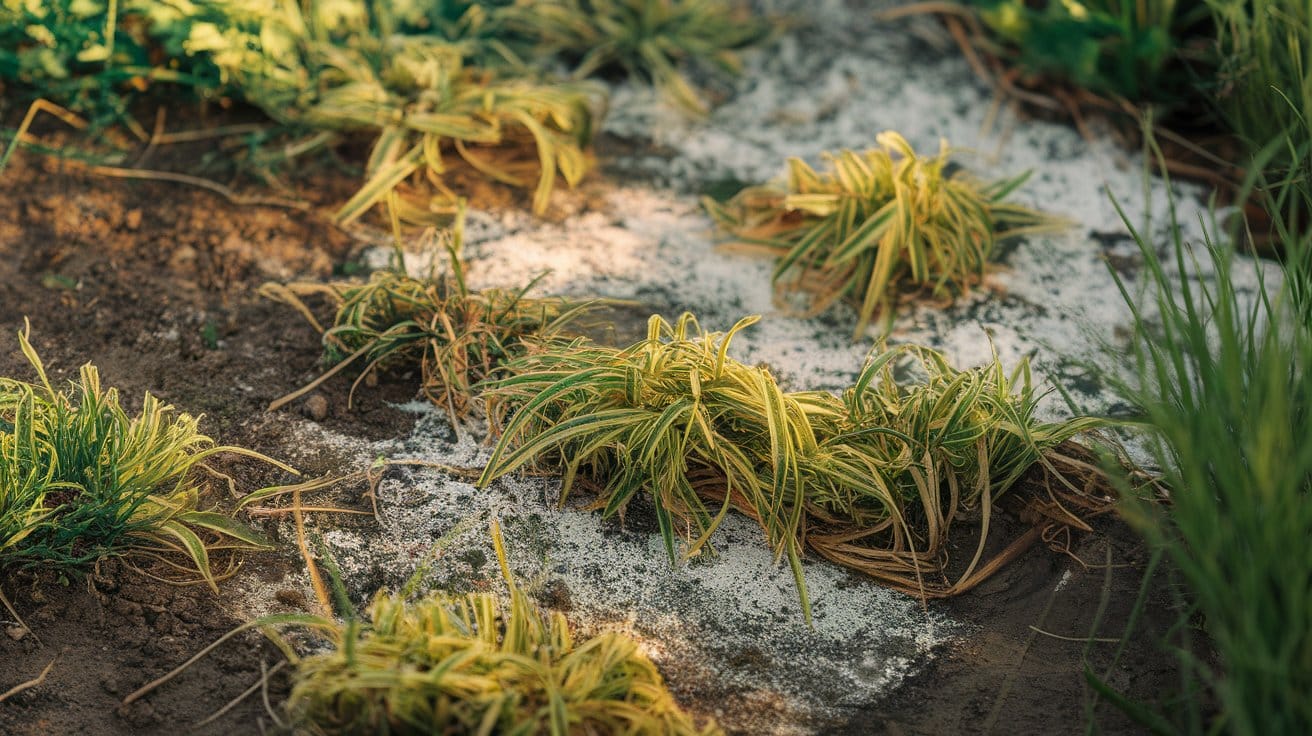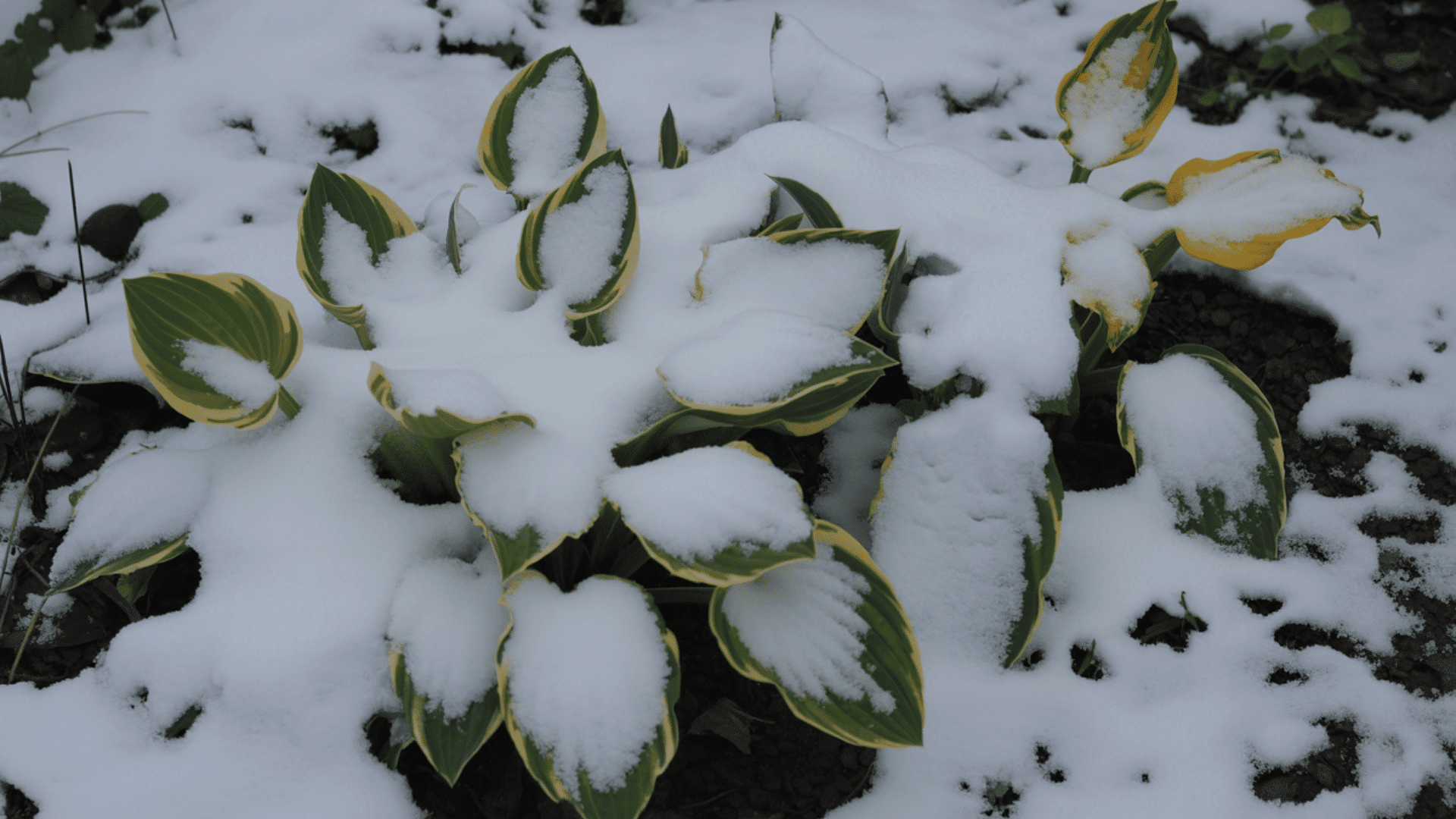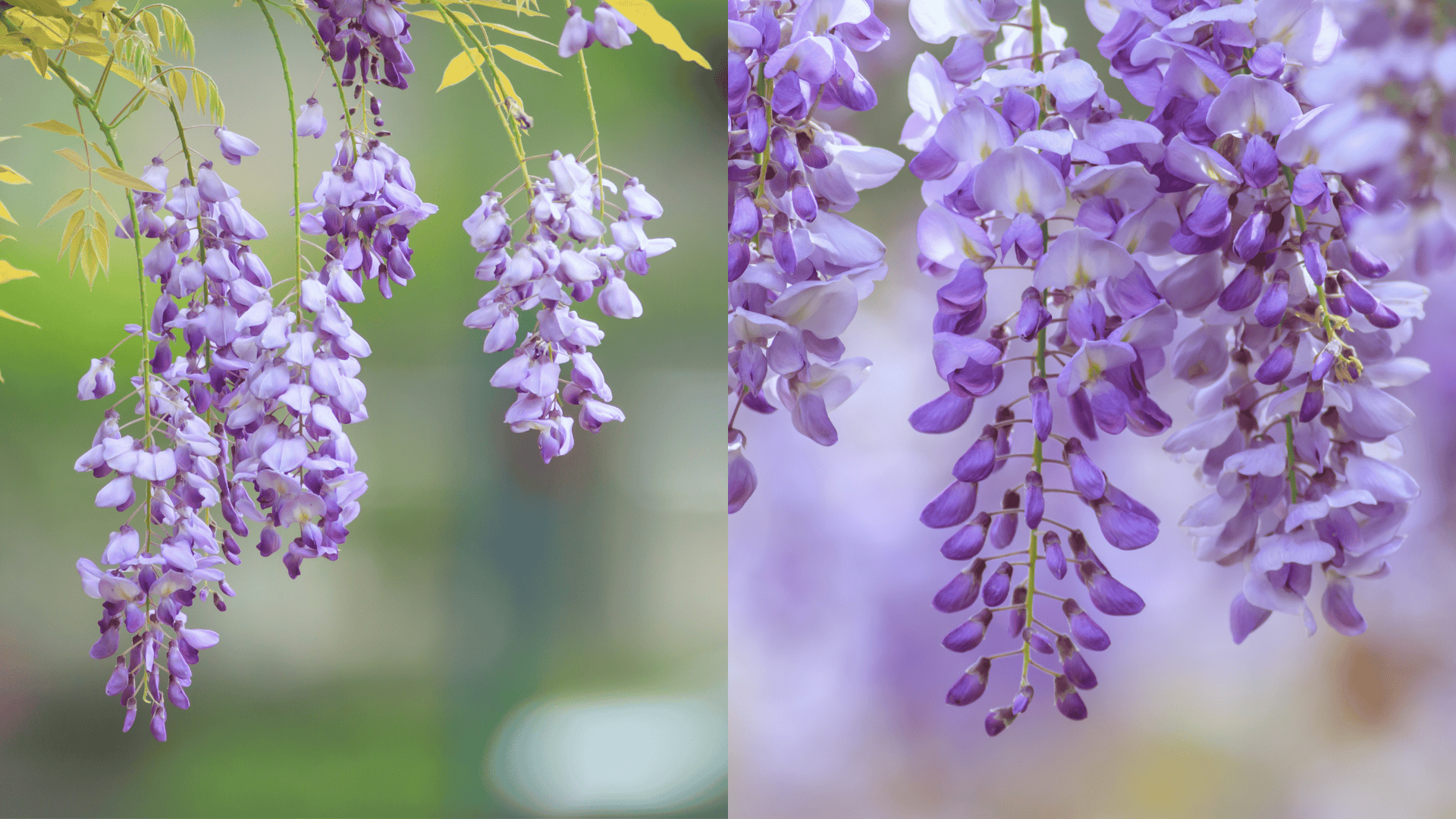Sunflowers bring joy and bright colors to any garden.
Their tall stems and golden petals create an instant smile.
But the timing of planting sunflowers makes all the difference between weak seedlings and robust, thriving plants.
From testing different planting schedules across multiple seasons, I’ve learned that success also comes down to understanding your local conditions.
You’ll also need to know the common setup mistakes that cause seeds to fail before they ever break through the soil.
In this post, I’ll explain to you the best time to plant sunflowers, how to adjust for your climate, and the steps to get your seeds started right.
Why Does Right Timing Matter for Sunflowers?
Sunflowers don’t like cold feet, so the soil must be warm before you plant.
These plants need frost-free conditions and long daylight hours to develop properly. When soil temperature stays below 50°F (10°C), seeds may decay instead of sprouting.
Cold air can stunt young plants or kill them completely.
Proper timing gives your sunflowers the warmth they need to develop thick stems and large flower heads.
Get the season right, and you’ll see faster germination, better growth, and bigger blooms that last through summer and into fall.
When is the Best Time to Plant Sunflowers?
After working with sunflowers for some time, I’ve found that the best time to plant sunflower seeds is late spring to early summer, right after the last frost date in your area.
-
Soil temperature: Wait until the soil reaches 55-60°F (13-16°C) at a depth of about two inches, which you can check with a simple soil thermometer from any garden store.
-
Plant after the last frost: In most regions, this falls between mid-April and early June, so check the local frost calendar online or ask at a nearby garden center.
-
Find your planting window: Once you know the last frost date, count forward two weeks to be safe, and that’s the ideal window for vigorous sunflowers.
When to Plant Sunflowers in Different Regions?
Knowing when to plant sunflowers depends on your local climate.
Each region has its own ideal planting window to make sure your sunflowers grow strong and healthy.
| Region | Planting Window | Key Details |
|---|---|---|
| Cooler Northern Areas | Late May to Early June | Soil warms slowly and frost lingers into May, so choose fast-growing varieties (60-70 days) and be patient. |
| Temperate Mid Latitude Zones | Mid-April to May | Frost ends by mid-April, so plant in waves every two weeks for extended blooms from June through September. |
| Warmer Southern Areas | March to Early April | Plant early before peak heat arrives, as extreme temperatures above 95°F (35°C) slow growth and reduce flower size. |
Do You Know?
The best time to plant sunflowers in Virginia is in spring, after the last frost, typically between April 10 and April 21. Please ensure the soil temperature is above 50°F for optimal germination.
How to Plant Sunflower Seeds?
“What is the trick to growing sunflowers?” The answer lies in simple details; there is no well-kept secret or trickery.
It is the basics that make all the difference.
1. Prepare the Soil
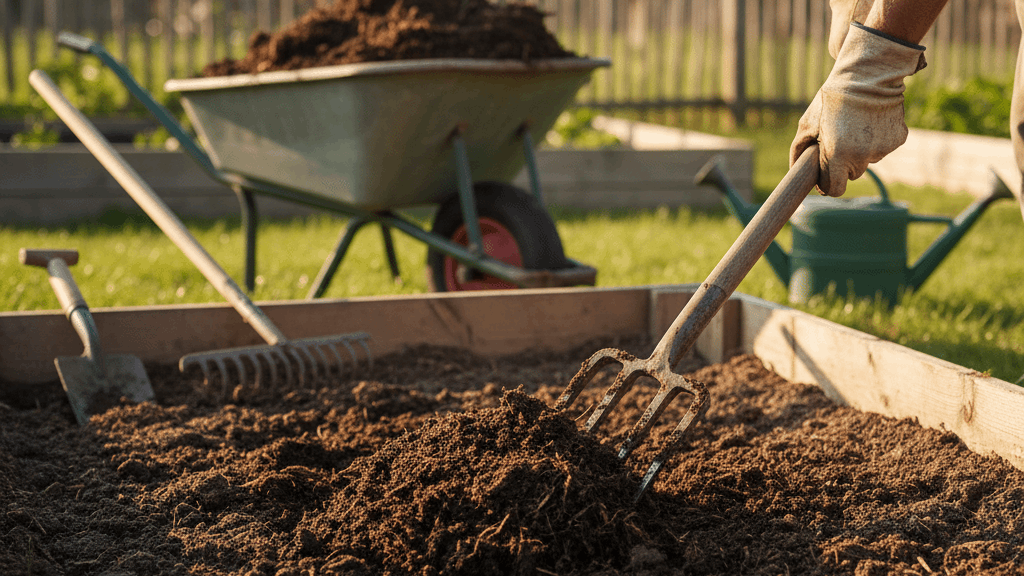
Sunflowers are not excessively fussy, but the best results come from soil that has a balance of different components.
Sandy loam soil is considered ideal.
These flowers are also tolerant of clay loam, though planting in compact clay soil must be avoided.
It is important to make sure the soil is well-drained with a slightly acidic pH level (6-7.5).
Add compost to the garden bed a week before planting, loosen the soil down to 12 inches, and don’t forget to break up clumps.
2. Planting Depth and Spacing
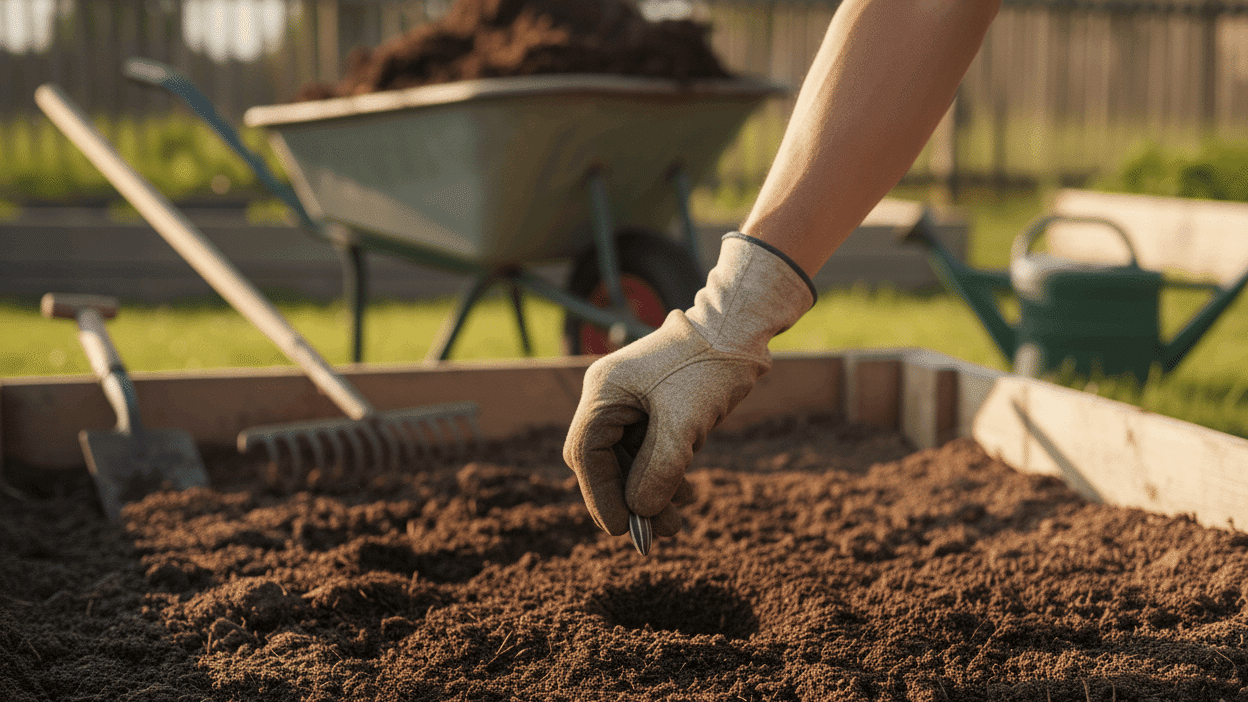
The question ‘how deep to plant sunflower seeds?’ crops up a fair share of times.
Simply scattering sunflower seeds can be done, as a viable seed would grow regardless, but the way you plant them still somewhat matters.
The best orientation for planting seeds is horizontally; it is the most natural position and requires less effort.
Plant your seeds 1 to 1.5 inches deep in the soil, spacing dwarf varieties 6-12 inches apart and tall varieties 18-24 inches apart.
3. Watering The Seedlings
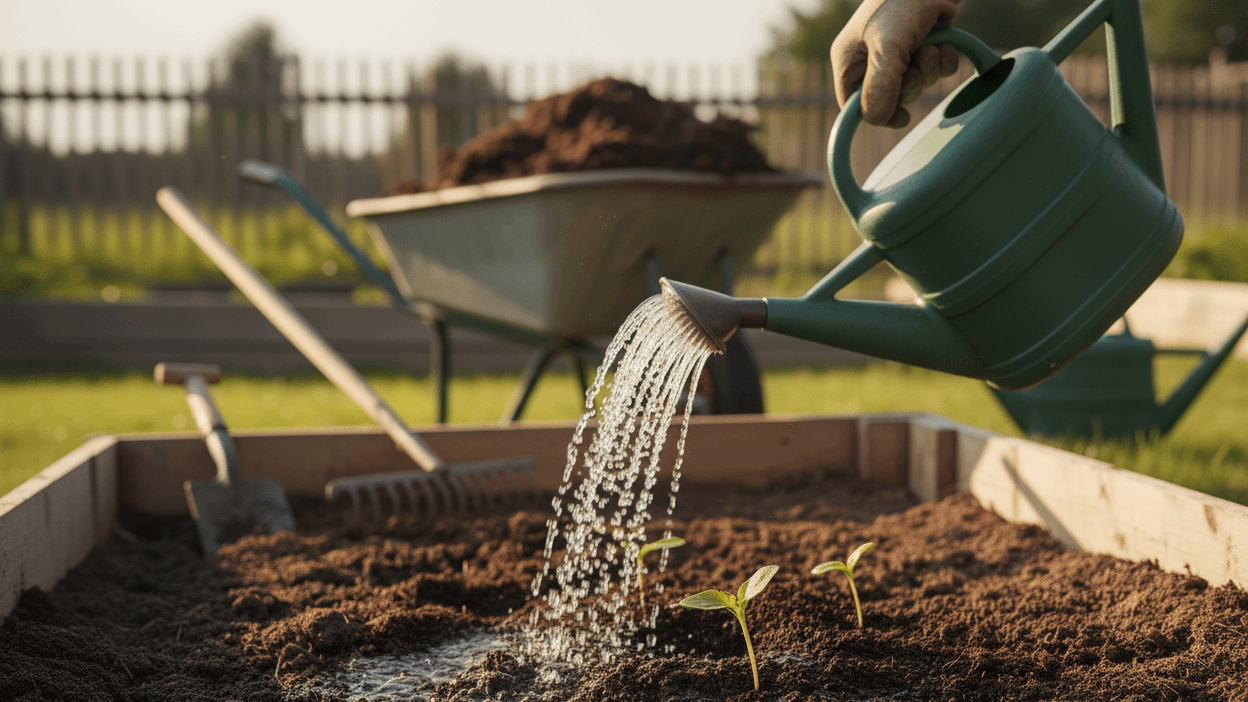
Keep soil consistently moist until seeds sprout, which usually happens within 7-10 days of planting.
Young seedlings require more frequent watering; thus, monitoring soil and water in hot, dry weather becomes crucial.
After germination, water deeply once or twice weekly rather than using light daily watering for robust root development.
These flowers are quite drought-tolerant once established, due to their extensive tap root system, which can grow up to 10 feet deep.
4. Sunlight Requirements
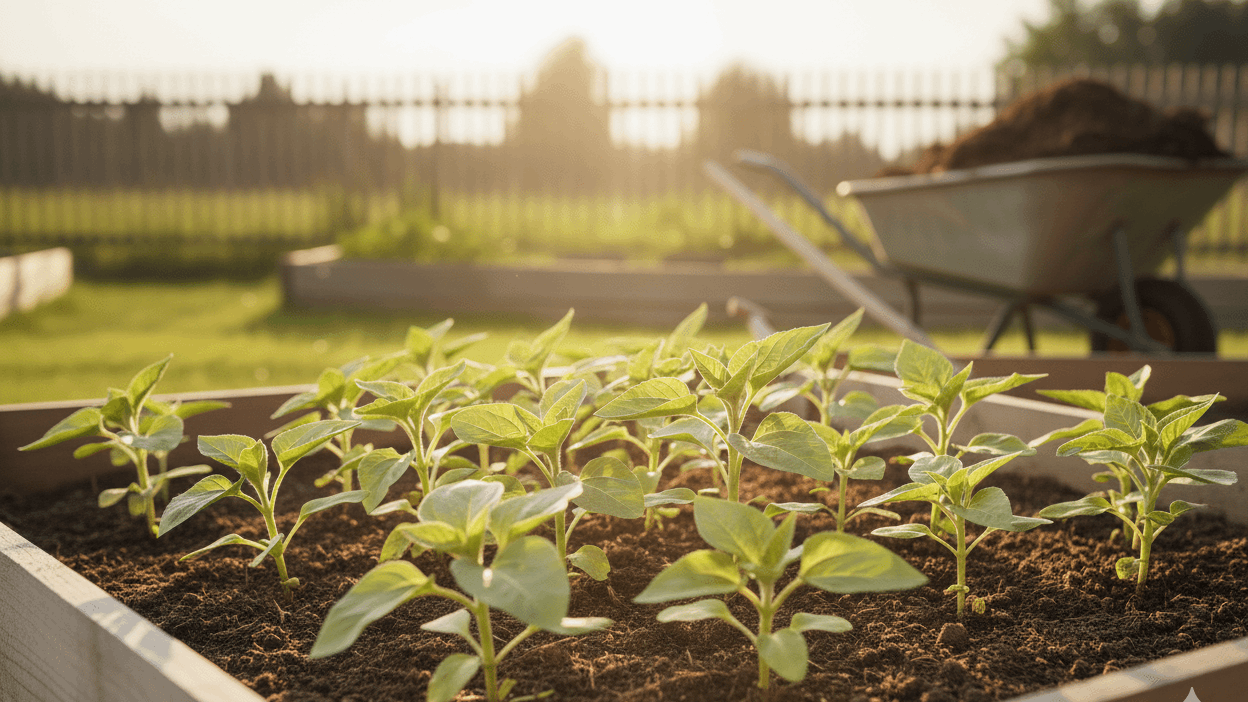
As the name suggests, sunflowers are major sun worshippers requiring a hefty amount of direct sunlight to thrive.
Choose a planting spot that receives 6-8 hours of direct sun daily for optimal results and vibrant blooms.
Sunflowers need bright, consistent light to reach full height, while shady areas result in weak, thin stems.
Young sunflowers have a quirk of tracking the sun; this phenomenon is called heliotropism, though when mature, the flower locks in the east.
5. Feeding The Sunflowers
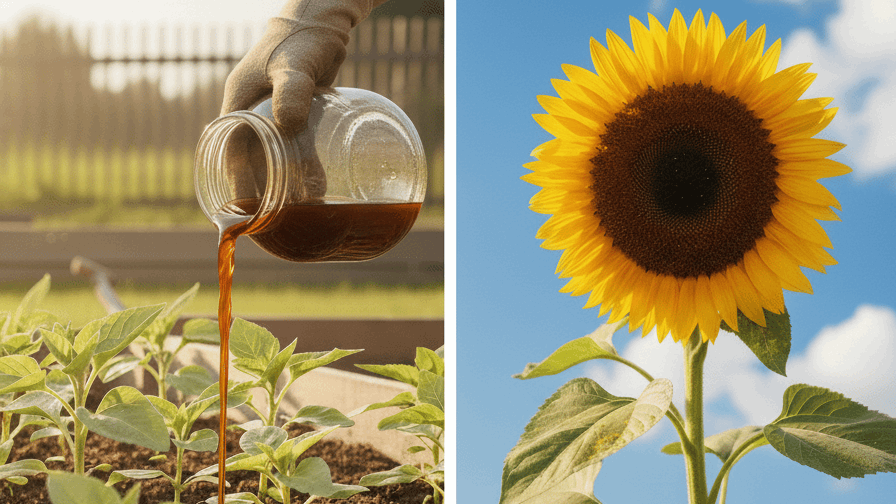
Once seedlings reach 6 inches tall, apply a balanced fertilizer or compost tea to support healthy development.
Use a 10-10-10 NPK granular fertilizer, apply the fertilizer as a ring several inches away from the base of the stem; direct contact may not bode well.
Light feeding provides essential nutrients without over-stimulating foliage, helping plants develop sturdy stems and large flowers.
You can also use companion plants for sunflowers to naturally enrich soil and attract helpful pollinators.
Which Sunflower Varieties Grow Best by Season?
Deciding when to plant sunflower seeds depends partly on the chosen variety and the growing season.
| Planting Season | Recommended Varieties | Height | Days to Mature | Best For |
|---|---|---|---|---|
| Early Planting | ‘Sunspot‘, ‘Pacino‘ | 1-2 feet | 50-60 days | Shorter growing seasons and small garden spaces. |
| Mid-Season Planting | ‘Mammoth‘, ‘Russian Giant‘ | 8-12 feet | 80-90 days | Steady warmth from late April or May; massive seed heads for saving seeds or feeding birds. |
| Later Planting | Fast-maturing hybrids (55-65 day types) | Varies | 55-65 days | Early June planting; blooms appear by late summer before frost. |
Choosing the right variety for your planting time boosts your success rate, as different sunflowers have different maturity speeds.
What Mistakes Should You Avoid When Planting?
Avoiding certain mistakes is the key to enjoying a garden full of tall, thriving sunflowers.
Even experienced gardeners make mistakes. Thus, making sure mess-ups don’t happen is crucial.
-
Starting too early and ignoring frost dates: Cold soil causes seed rot and seedling death, so wait until soil warms to at least 55°F (13°C).
-
Overcrowding and choosing shady spots: These create competition and weak development, resulting in smaller blooms and thin stems on your sunflowers.
-
Ignoring thinning: when the seedlings reach a height of about 6 inches, they compete for nutrients and light. Simply cut the weaker ones and avoid pulling them out.
Conclusion
Choosing the right planting time helps sunflowers develop sturdy roots, tall stems, and bright blooms that last through the warm months.
Knowing how temperature and soil conditions affect this process ensures a thriving display.
To make your garden even more productive, rotate the planting areas each year.
These small adjustments support healthier soil and stronger growth overall.
Sunflowers can also serve as natural windbreaks for smaller crops, offering both protection and structure within your garden.
When thinking about the best time to plant sunflowers, remember that consistent sunlight, care, and patience make all the difference.
Share your planting results and favorite sunflower varieties in the comments below!
Frequently Asked Questions
How to Tell if a Sunflower is Male or Female?
Sunflowers are not male or female because each flower contains both male stamen and female pistil parts, making them hermaphroditic and capable of self-pollination naturally without needing another plant.
Do Sunflowers Grow Back Every Year?
Most sunflowers are annuals and complete their entire life cycle in one season, though some perennial varieties can return yearly from roots in suitable climates with proper winter care.
What is the Downside to Growing Sunflowers?
Sunflowers attract pests like birds and squirrels, require significant space and support structures, deplete soil nutrients quickly, and need consistent watering during active growth for best results and healthy blooms.

